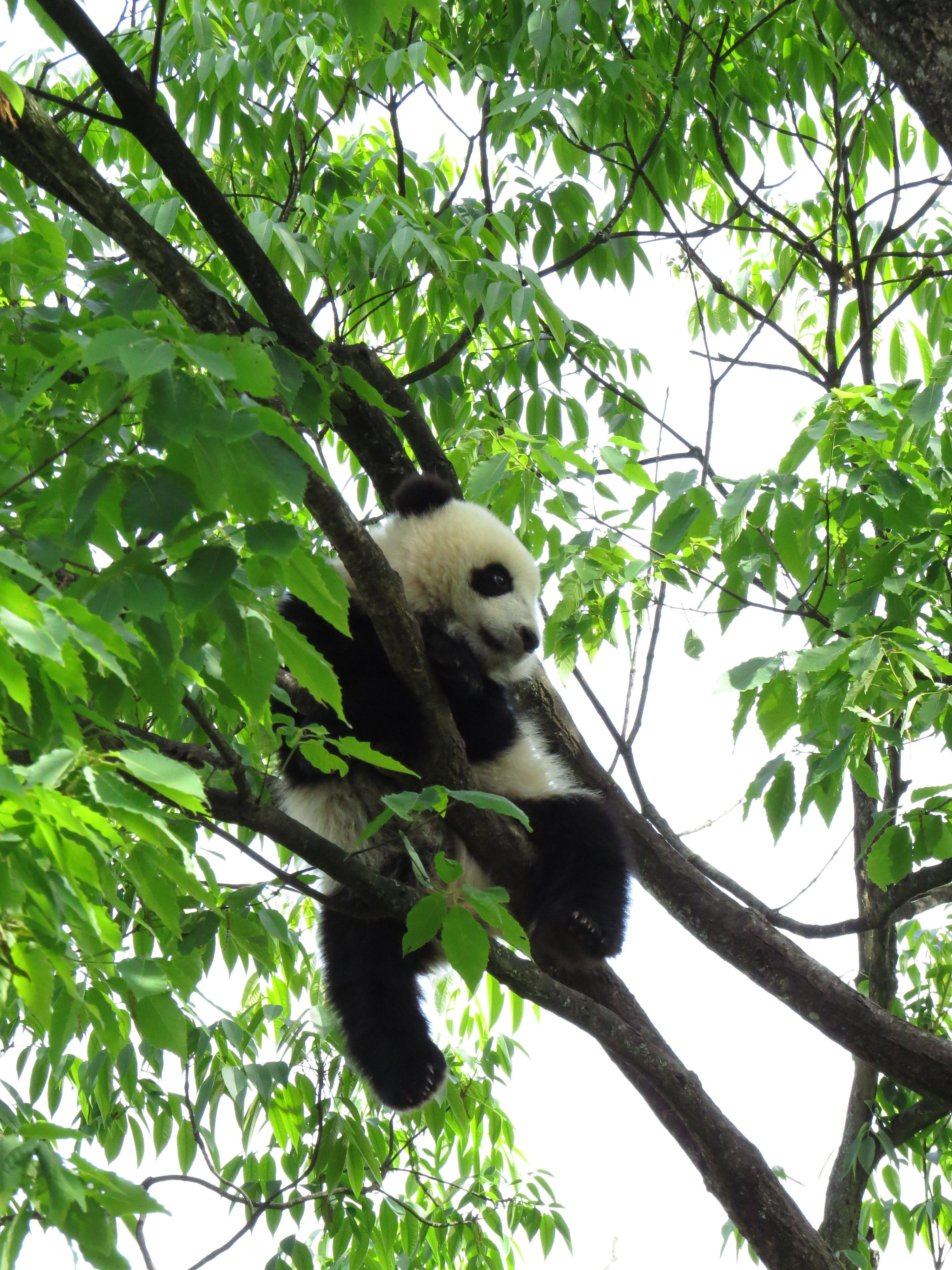Chinese officials have made 10 arrests following the killing and butchering of an endangered giant panda in the southwestern province of Yunnan, according to reports in Chinese state-run media outlets, illustrating the continued threat to the animal that has been a symbol of the Chinese culture for centuries. From the Associated Press:
China Central Television said forest police in Yunnan province recovered panda skin, meat, bones and an internal organ from the poachers and vendors. If convicted, the suspects could be jailed for years.
Authorities told the official Xinhua News Agency that one suspect, identified by his family name of Wang, set up a trap after he found his sheep had been killed by wild animals in December. After he found the trap was broken and his brother spotted footprints of a wild animal, the two men tracked down the panda and killed it, according to the media report.
The New York Times, citing the China News Service, reports that the brothers told officers they’d “shot an unidentified animal in a tree, and only after it was dead discovered it was an adult female panda.” Then they “butchered the animal and began to try to sell its parts.” Eight others were arrested for possessing the butchered parts, and the People’s Daily newspaper published graphic photos of what appeared to be panda skin, meat, and bones seized from those men. Authorities also found the panda’s gallbladder in Zhaotong, a city in Yunnan Province, the paper reported.
The Times notes that the killing of the panda in Yunnan has the unexpected outcome of alerting wildlife officials to the animals’ presence in an area where they were previously believed to have been wiped out, which could be a sign that conservation efforts are working. The Times cites numbers from the World Wildlife Fund showing that the Chinese giant panda population increased 16.8 percent between 2003 and 2011, with an estimated 1,864 living in the wild in China. A few hundred more live at Chinese research centers and 49 are at zoos outside of the country. Three giant pandas live at the Smithsonian National Zoo in Washington D.C., including Bao Bao, who turns two years old in August.
